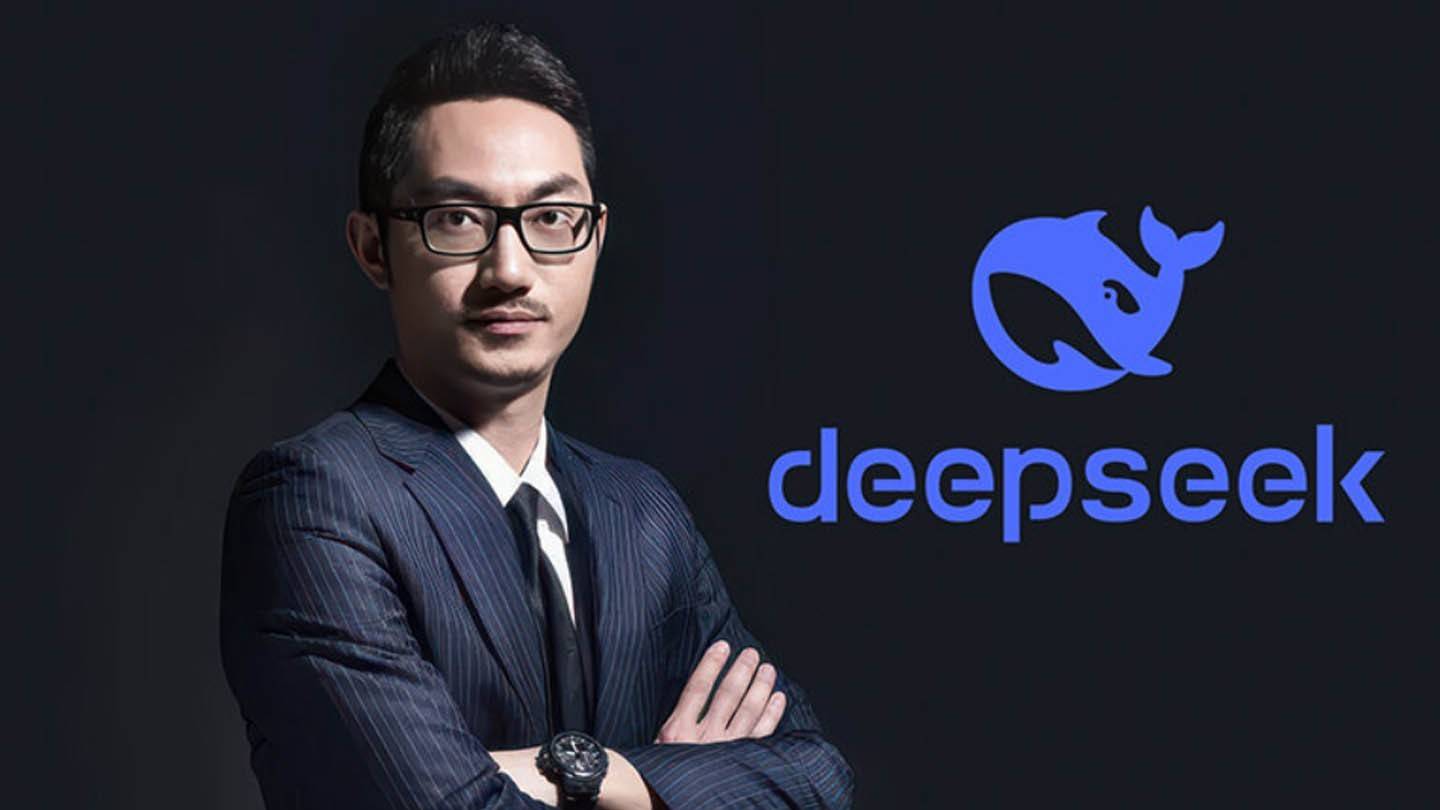DeepSeek's groundbreaking AI model challenges industry norms. Initially touted as a budget marvel, trained for a mere $6 million, the reality reveals a far more substantial investment. This article explores the discrepancies between DeepSeek's initial claims and the actual costs involved in developing their sophisticated AI.
The DeepSeek chatbot, boasting impressive capabilities, has quickly become a major player, even causing significant stock price drops for NVIDIA. Its success stems from a unique combination of innovative technologies:
- Multi-token Prediction (MTP): Predicting multiple words simultaneously, significantly improving accuracy and speed.
- Mixture of Experts (MoE): Utilizing 256 neural networks, with eight activated per task, for enhanced performance and training efficiency.
- Multi-head Latent Attention (MLA): Repeatedly extracting key details to minimize information loss and improve nuanced understanding.
 Image: ensigame.com
Image: ensigame.com
DeepSeek's claim of a $6 million training cost for DeepSeek V3 is misleading. While this figure might reflect pre-training GPU usage, it omits substantial expenses: research, refinement, data processing, and the massive infrastructure. SemiAnalysis revealed DeepSeek operates a vast computational infrastructure, utilizing approximately 50,000 Nvidia Hopper GPUs (including H800, H100, and H20 units) across multiple data centers. This infrastructure represents a total server investment of roughly $1.6 billion, with operational costs estimated at $944 million.
 Image: ensigame.com
Image: ensigame.com
The company's structure, as a subsidiary of the Chinese hedge fund High-Flyer, contributes to its success. Owning its data centers provides unparalleled control and faster innovation implementation. Its self-funded nature allows for agility and rapid decision-making. Furthermore, DeepSeek attracts top talent, with some researchers earning over $1.3 million annually.
 Image: ensigame.com
Image: ensigame.com
DeepSeek's total investment in AI development surpasses $500 million. Its streamlined structure enables efficient innovation, contrasting with the bureaucratic burdens of larger corporations. However, the "revolutionary budget" narrative is an oversimplification of its substantial resource commitment.
 Image: ensigame.com
Image: ensigame.com
While DeepSeek's success demonstrates the potential of well-funded independent AI companies to compete with giants, its story underscores the significant investment necessary for such achievements. The contrast between DeepSeek's reported $5 million for R1 and the estimated $100 million for ChatGPT4o highlights the substantial cost differences, even with DeepSeek's substantial investment. The initial low-cost claim, therefore, needs to be viewed within the context of the overall substantial investment.















